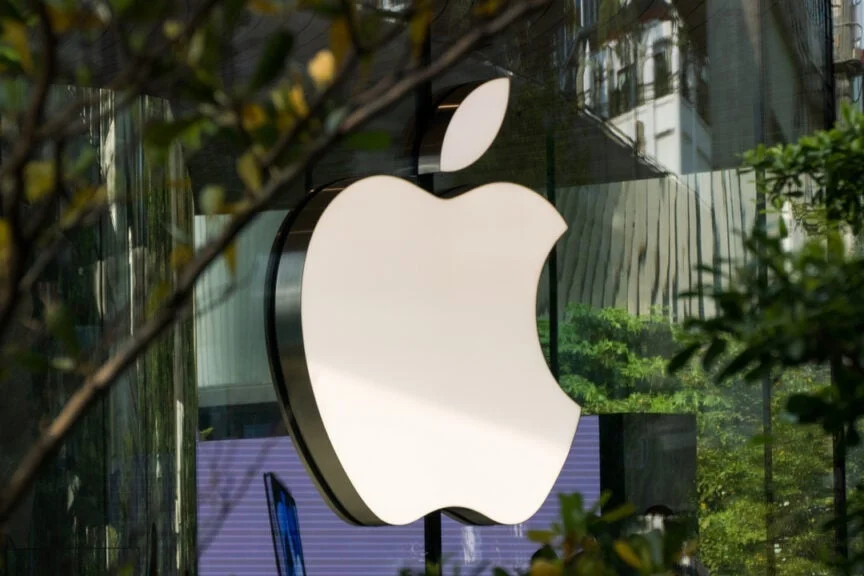Lahore, April 12: President Donald Trump has made a bold economic move that’s causing shockwaves in the global tech scene.
New tariffs of up to 125% on Chinese imports have been announced, later reduced to 10% for a temporary 90-day window. But even this temporary relief hasn’t spared one of the world’s biggest tech giants — Apple.
A Price Surge on the Horizon?
Apple’s entire supply chain is deeply rooted in China. From iPhones to MacBooks, most of its flagship devices are assembled there.
Read more: Trump Tariffs War: Apple Transports by Air 600 tons of iPhones from India
According to Wall Street Journal analysts, if tariffs snap back to their original 125%, the cost of producing an iPhone 16 Pro could spike by around $300.
While the reduced 10% tariff offers a short-term cushion, it’s clear this is only a pause, not a solution.
Will Apple Get an Exemption?
When asked about possible tariff exemptions during a Liberation Day press event, Trump gave a cryptic answer. He suggested that companies “harder hit” might be considered for relief but then added that his final calls would be guided by “instinct.”
Apple could very well qualify for such an exemption. But with decisions seemingly being made on gut feeling rather than policy, the future remains murky.
Read more: Trump’s Auto Tariffs May Cost Automakers $108B
Apple’s Countermove: Stockpiling & Shifting Strategy
Apple isn’t waiting for Washington to make up its mind.
The company has already begun stockpiling inventory to keep up with demand and offset short-term risks. Even more significantly, reports suggest Apple is looking beyond China, particularly to Brazil, where U.S. tariffs are far less severe.
By expanding production outside of China, Apple is preparing for a long-term shift. If the U.S.-China trade war escalates further, this diversification strategy could be Apple’s saving grace.
What’s at Stake?
Tariffs of this magnitude don’t just impact Apple. They could affect the entire consumer tech market. From smartphones and tablets to accessories, production costs will trickle down to retail prices, potentially forcing customers to pay significantly more.
For now, we’re in a 90-day countdown. If the White House doesn’t extend the reduced tariff rate or offer clear exemptions, consumers might soon feel the pinch and Apple’s pricing strategy may have to change overnight.
Apple is navigating one of its toughest policy storms in years.
With tariffs threatening to reshape its cost structure, the company is balancing diplomatic hope with proactive planning. The next few months could redefine how and where your iPhone is made and how much you’ll pay for it.
